Embark on a journey through the cosmos with our curated selection of 10 sci-fi films that focus on the wonders of stars and the vastness of space. These films not only entertain but also inspire curiosity about the universe, blending science fiction with real astronomical phenomena. Whether you're a fan of space operas, interstellar adventures, or thought-provoking narratives about humanity's place among the stars, this collection has something for every space enthusiast.
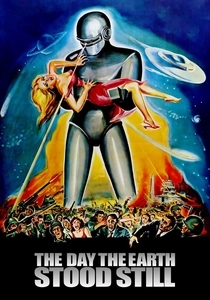
The Day the Earth Stood Still (1951)
Description: A classic sci-fi film where an alien visitor arrives on Earth with a message of peace but faces human hostility. It's a timeless tale about humanity's relationship with the stars and the unknown.
Fact: The film was remade in 2008 with Keanu Reeves, but the original remains a landmark in sci-fi cinema for its social commentary.
 Watch Now
Watch Now 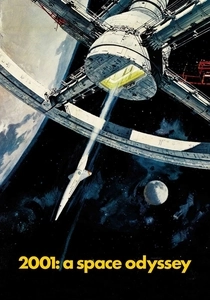
2001: A Space Odyssey (1968)
Description: Stanley Kubrick's masterpiece that explores human evolution, artificial intelligence, and the mysteries of the universe, with a particular focus on the monoliths and their connection to stars.
Fact: The film was so ahead of its time that many of its special effects were groundbreaking, and it inspired numerous space-themed films and TV shows.
 Watch Now
Watch Now 
Solaris (1972)
Description: Andrei Tarkovsky's adaptation of Stanislaw Lem's novel delves into the psychological effects of space exploration and the mysteries of a sentient planet. It's a meditative piece on human consciousness and the cosmos.
Fact: The film was shot in the USSR and features a haunting score by Eduard Artemyev, which adds to its otherworldly atmosphere.
 Watch Now
Watch Now 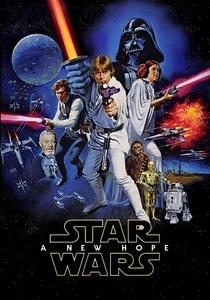
Star Wars: Episode IV - A New Hope (1977)
Description: The film that started it all, introducing audiences to a galaxy far, far away, where stars and planets are central to the narrative of rebellion and adventure.
Fact: George Lucas was inspired by classic serials like Flash Gordon when creating Star Wars, and the film's success led to a franchise that spans decades.
 Watch Now
Watch Now 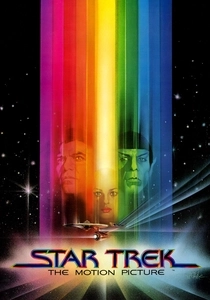
Star Trek: The Motion Picture (1979)
Description: The first Star Trek film where the crew of the Enterprise encounters a mysterious entity known as V'Ger, which has a connection to Earth. It's an exploration of the unknown and the vastness of space.
Fact: The film was originally intended to be a pilot for a new Star Trek TV series, but due to its success, it became the first of many Star Trek movies.
 Watch Now
Watch Now 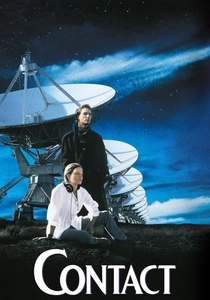
Contact (1997)
Description: Based on Carl Sagan's novel, this film follows an astronomer who receives a message from an alien civilization, leading to a journey to the stars. It's a thoughtful exploration of first contact and the human quest for understanding.
Fact: The film features a cameo by Carl Sagan himself, and the message received in the film was actually sent to the star Vega in 1974 as part of the Arecibo message.
 Watch Now
Watch Now 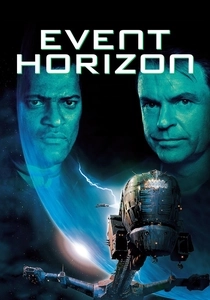
Event Horizon (1997)
Description: A rescue mission to a spaceship that disappeared near Neptune reveals a connection to a black hole and the horrors it might contain. It's a chilling look at what lies beyond the stars.
Fact: The film was initially much darker and more graphic, but it was edited down to achieve a PG-13 rating.
 Watch Now
Watch Now 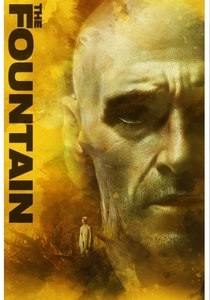
The Fountain (2006)
Description: Darren Aronofsky's film intertwines three stories across time, with one set in space where a man travels to a dying star in search of immortality. It's a poetic exploration of life, death, and the stars.
Fact: The film's visual effects were nominated for an Academy Award, and it's known for its unique storytelling structure.
 Watch Now
Watch Now 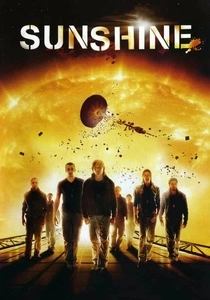
Sunshine (2007)
Description: A team of astronauts is sent to reignite the dying sun with a bomb, exploring themes of sacrifice, human nature, and the awe-inspiring power of stars.
Fact: The film features a scientifically accurate depiction of the sun, and its director, Danny Boyle, worked with physicist Brian Cox to ensure authenticity.
 Watch Now
Watch Now 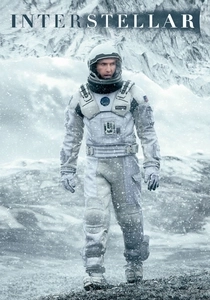
Interstellar (2014)
Description: This film explores the concept of wormholes and black holes, taking viewers on an epic journey through space to find a new home for humanity. It's a must-watch for its stunning visuals and deep dive into theoretical physics.
Fact: The film was developed with the help of physicist Kip Thorne, ensuring scientific accuracy in its portrayal of space phenomena. The black hole Gargantua was rendered with real equations from general relativity.
 Watch Now
Watch Now 








